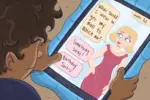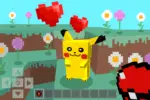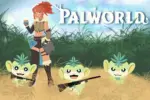Imitation is the highest form of flattery, but some people are better at recognizing a compliment than others.
Imagine this scenario: An iconic superhero, the most famous symbol of hope around the world, inspires a well-intentioned youth to practice heroism with the intention of one day replicating the success and valor of their idolized role model. This young, new champion of justice eventually becomes quite admirable at their new profession, attracting the attention of their initial superhero inspiration, now aging and close to retirement following decades of gradual wear and tear.
At this point, upon realizing that this new face of heroism has potentially surpassed them in skill, efficiency and physical capabilities, the elderly hero is faced with a crucial choice for the future of both parties. First, they could either reject the new talent, stubbornly refusing to relinquish their seat of power and influence while gradually fading into irrelevance, thus causing the younger hero to become cynical regarding the very notion of heroes, dealing critical, irreparable blows to each respective brand. Such an outcome is favorable to neither individual and risks harming the greater good in the grand scheme of things—in short, a lose-lose situation.
Alternatively, this hypothetical hero’s second option is a radically different choice that generates positive, progressive change. When faced with their beaming descendent, they could recruit this upcoming face of heroism to their side and prepare them to one day take up the mantle, acting as a mentor of sorts, blending wisdom that could only come from experience and vigorous enthusiasm that thrives in fresh faces attempting to make a name for themselves. Such an arrangement would ensure that the old could comfortably drift into retirement, taking the necessary precautions for evolving their brand of superhero work by enlisting the assistance of the new. Everyone is satisfied, and the potential for innovation increases throughout further generations inheriting this position.
Aside from crudely summarizing the plot of “The Incredibles,” this analogy illustrates a critical moral dilemma that has surfaced in the video game industry during recent years, namely fan-developed projects of copyrighted popular franchises. Winding the clocks back to last summer begins a branching narrative of two drastically different approaches to the same aforementioned scenario. While one gigaton company adopted a strict, stubborn policy in response to one fan’s decade-long homage to one of their most famous, yet neglected properties, thus alienating a sizable chunk of their followers, the other embraced their fandom’s creative ideas by hiring them to develop the next major installment in their most famous franchise, resulting in a return to form for a series plagued by stagnation for over a decade.
The former company is Nintendo, a longtime pillar of consistency in an infamously volatile industry that’s made its fair share of dubious decisions during the past decade, resulting in a sharp divide between company and fandom. This alienation was only perpetuated by the confusing decision to shut down highly anticipated and critically acclaimed fan game “AM2R” (“Another Metroid 2 Remake”) last August, causing anger and protest that seemed to fall upon deaf corporate ears.
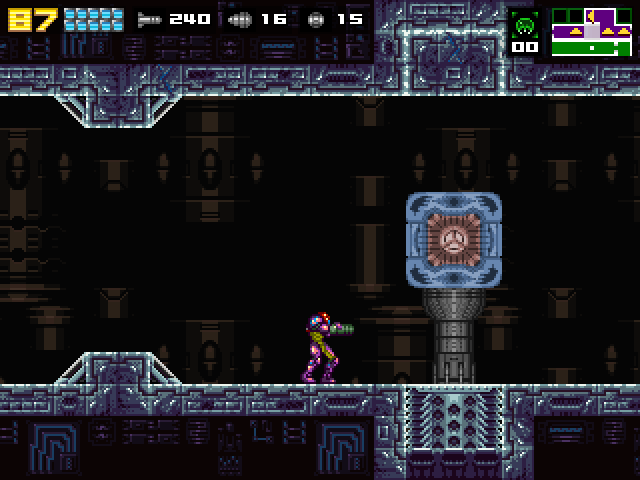
A nonprofit passion project developed by one man for nearly a decade, “AM2R,” true to its name, took the horribly outdated original “Metroid 2” concept and reimagined it for the high-definition era, keeping the core gameplay intact while introducing several highly compelling concepts to the series. Despite remaining outside the franchise’s canonical official release library, it was widely considered by fans to be a stellar entry in the cult classic franchise, long ignored by Nintendo due to lack of inspired creative direction and lucrative sales numbers. Many rejoiced at the notion of receiving a new “Metroid” title crafted with love and dedication.
That is, until the company shut the project down shortly after its widespread internet launch with seemingly no rhyme or reason. Nintendo hadn’t touched the franchise since 2010’s horrendous experimental dud, “Metroid: Other M,” and the traditional two-dimensional side scrolling style that gave the series its iconic identity hadn’t been explored since 2004’s “Metroid: Zero Mission.”
Furthermore, the company remained silent on any rumors, much less announcements, regarding the series’ future, causing many to question if it even possessed one. Shutting down a practical love letter to a mistreated, dormant classic franchise with dwindling hope of survival to ostensibly enforce creative rights over an intellectual property that the company seemingly cared little for rubbed the vast majority of fans the wrong way. It just didn’t make sense. For Nintendo, alienating their longtime supporters and getting beaten at their own game by a lone man on the internet combined for a publicity nightmare, one that the company is still feeling ripple effects from one year later.
While all this turbulence transpired at the Big N, Sega took a more proactive approach toward being upstaged at their own game. After fumbling the identity of its most famous franchise, “Sonic the Hedgehog,” many deemed Sega’s mascot dead and gone. The love for the wonderful classic titles, however, endured enough to encourage fan creativity with the franchise, launching unlicensed projects akin to “AM2R,” but designed around the exhilarating fast-paced platforming that made “Sonic” such a household name during the early days of gaming.
Recognizing the genuinely great ideas generated by their fans, Sega swallowed their pride and reached out to the developers, offering them the unique opportunity to create the next official main entry in the “Sonic” series; the fans now possessed direct agency in altering the destiny of the franchise that brought joy to their childhoods.
The result is “Sonic Mania,” a stellar new entry in the classic mold of the franchise, one that rivals, or arguably surpasses, the best of the original games. Everything in “Mania” harkens back to what made the older titles on the Sega Genesis and Sega CD such enduring platformers, such as multiple branching paths, the remixed music from instantly recognizable stages, special hidden stages for unlocking items and game modes and an emphasis on breakneck speed that gives the blue blur his famous gimmick over other franchises.
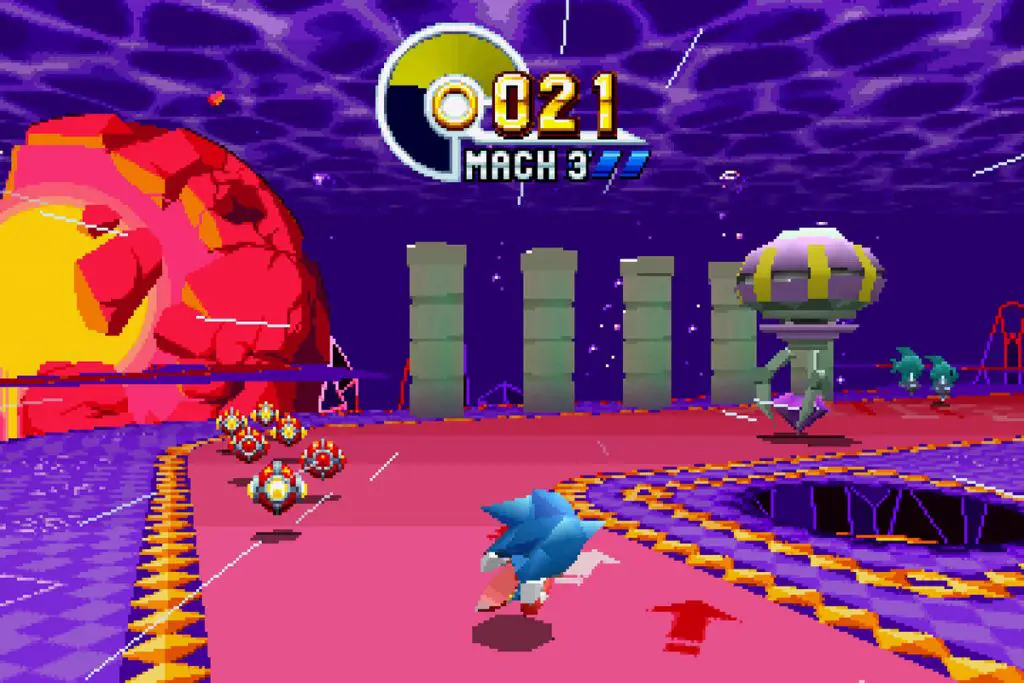
However, rather than simply relying on nostalgia to carry the experience, “Mania” implements many inventive concepts that give each level a modern flair without feeling out of place for the franchise. The result is a masterful blend that draws the player in with irresistible nostalgia and hooks them with gleeful discovery from the beginning of a stage to its conclusion, all in the span of a couple minutes. It’s mind-boggling how much sheer innovation went into “Mania” while maintaining the identity and integrity of the classic games it was inspired by, overwhelming proof that fans with software-development skills, hearty imaginations and dedication to certain gaming franchises should be lauded and hired for their projects, not criticized or ostracized for them.
The two wildly contrasting case studies of “AM2R” and “Sonic Mania” illustrate a convincing argument for the general trajectory that gaming development should aspire to approach during the coming years. In a medium increasingly devoid of fresh, creative ideas, providing the fans sufficient agency and tools to implement their own unique ideas into more inspired official games the way Sega has done can help ensure that stagnation is minimized and a new breath of innovation can be allowed to thrive.
If “Sonic Mania” is any proof, collaboration between video game developers and the fandoms of their franchises should be encouraged and exponentially replicated in the future if the industry hopes to creatively thrive.





